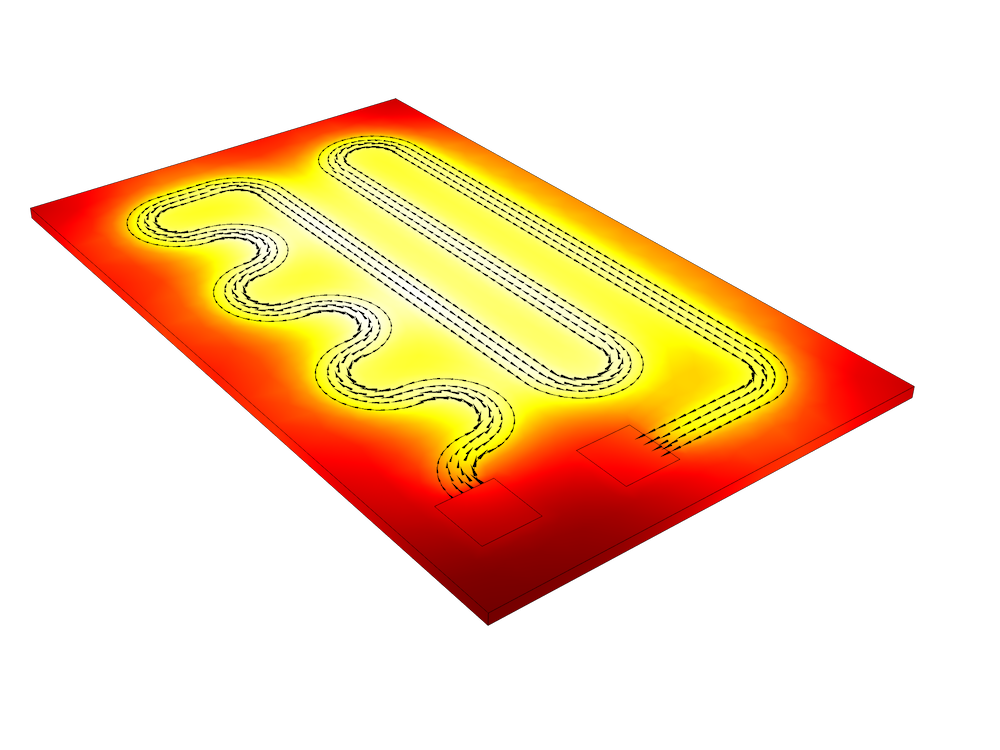Researchers create transparent magnetic materials using laser heating

Transparent Magnetic Materials: A New Frontier in Optics

Imagine a material that’s both magnetic and transparent – it allows light to pass through while responding to magnets. This seemingly contradictory combination has now become a reality thanks to a breakthrough by researchers at Tohoku University and Toyohashi University of Technology in Japan. They’ve developed a new method for creating transparent magnetic materials using laser heating, opening up exciting possibilities for the future of optical technology.

Here’s how it works:

- Starting Point: The researchers begin with a non-magnetic, transparent material like garnet.
- Laser Focus: A specific type of laser is then used to heat a microscopic area of the material. This focused beam creates an intense, localized temperature increase.
- Crystal Transformation: The high temperature triggers a change in the crystal structure of the material. This transformation introduces magnetic atoms into the crystal lattice, essentially “magnetizing” the previously non-magnetic region.
- Precise Control: By carefully controlling the laser’s intensity and duration, the researchers can precisely tailor the size and magnetic properties of the created magnetic area.
The Benefits:
The ability to create transparent magnetic materials offers a range of potential benefits:
- Compact Magneto-Optical Isolators: These devices are crucial for ensuring stable optical communication. Currently, they use bulky components, but incorporating transparent magnetic materials could lead to miniaturization and improved efficiency.
- Light Manipulation: The magnetic properties can be used to control the behavior of light within the material, enabling the development of new optical devices like filters, switches, and modulators.
- Biomedical Applications: Magnetic nanoparticles could be integrated into transparent materials for targeted drug delivery or medical imaging.
Challenges and Future:
While promising, this technology is still in its early stages. Challenges like controlling the uniformity and long-term stability of the magnetic regions need to be addressed. However, the potential applications are vast, and further research could pave the way for a new generation of optical devices with unprecedented capabilities.
Remember:
- This is a new and emerging field with exciting possibilities for the future of optics.
- The ability to create transparent magnetic materials offers potential for miniaturization, improved efficiency, and new light manipulation techniques.
- Further research is needed to overcome challenges and unlock the full potential of this technology.
I hope this explanation provides a clear understanding of this groundbreaking research and its potential implications. If you have any further questions, feel free to ask!

